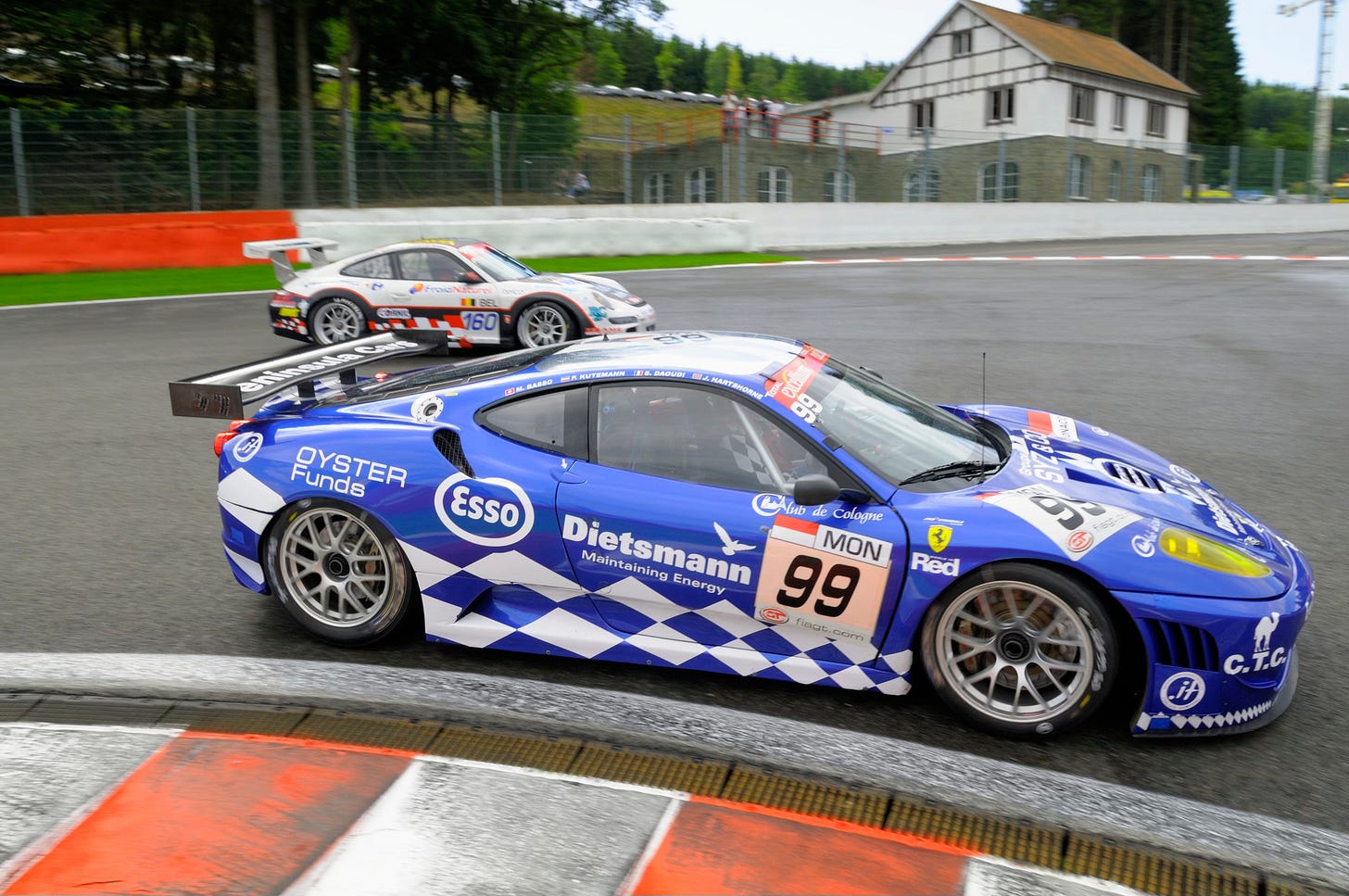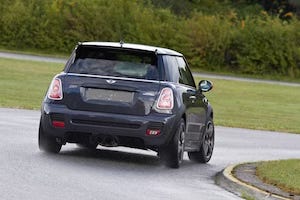Min speed, vMin, or whatever you want to call it, is simply the minimum speed you’re carrying at the slowest point in a corner.
I’m sure you understand why your min speed is so important, but to review:
As you can see, either too high or too low is going to negatively impact your exit speed.
Okay, that’s the rate of your min speed. In other words, what speed are you actually at, in MPH or KPH?
But there’s more to min speed than just the rate. There’s also the location and duration.
Often, when coaching a driver and reviewing data, I’ll see that the min speed is good, and its position in the corner is good, but the driver is spending too much time at vMin. In other words, their min speed duration is too long.

It’s one thing to tell you, “Make sure your min speed is appropriate, in the right location, and you’re spending just the right amount of time at it,” and another altogether to be able to do it. And how do you know when it’s right, and when it isn’t, while actually driving on track?
This is where “speed sensing” comes in, which I wrote about in my Ultimate Speed Secrets book. If you’re not able to sense small differences in speed, you’re not going to be able to adjust and fine tune the rate, location, and duration of your min speed.
So, let me ask: Can you sense the difference between 64 and 65 MPH, without looking at a speed display? Okay, how about 60 and 65? Give it a try when driving on the road. Pick a speed—doesn’t matter what it is. Then, accelerate or decelerate slightly, and without looking at your speedo, estimate what your speed actually is. Then check it by looking at the speedo (no cheating, right?!). Keep doing this until you can both estimate, and adjust, your speed to within 2 MPH.
If I was coaching you at the track, and told you to carry 2 MPH more min speed into and through a corner, could you do it? Could you adjust your speed within a couple of miles per hour? That’s the purpose of this exercise.
If you can’t deliberately adjust your speed within 2 MPH, you may try carrying more speed through a corner, and either run wide or spin — only to find out that you were rolling an extra 5 MPH through the corner. Trying to drive faster without first spending time deliberately improving your ability to adjust your min speed in small amounts is asking for trouble.
Of course, it’s one thing to know that you should carry more min speed, and another altogether to know how to do it. You could brake lighter, or you could release the brakes sooner on the approach and entry to a corner; you could immediately start feeding in some throttle the instant that you finish braking; or you could adjust your line to have a larger radius. Which option do you choose? And are there more ways of increasing min speed? What if that extra 2 MPH delays when you begin accelerating out of a corner—is that a benefit, or is it hurting your overall lap time?
These are just a few questions to help you fine tune your min speed. And again, when we talk about min speed, we’re talking about the rate, the location, and the duration. These are key parts to the Corner Min, Mid & Max masterclass that I’m doing next week.

The speed sensing exercise I mentioned above is just one way of improving your min speed—a super-important one.
You sense speed visually, noticing—at a subconscious level—how fast things are moving in your peripheral vision, as well as how quickly you’re closing in on things in the distance. But your hearing is surprisingly important to sensing speed, too. The sound of your engine and the air rushing past you are critical to the accuracy of being able to sense and set (for an instant) what your vMin is—and where and how long you spend at it.
I’ll come back to this topic in future posts, as well as in the masterclass, with a fun story about a young driver improving his lap times by a significant amount simply by focusing on the sounds he heard when entering corners.
Please click on the Comment button below, and share your min speed challenges, or questions. I’d love to hear your thoughts, as it will help me help you going forward. Thanks!
